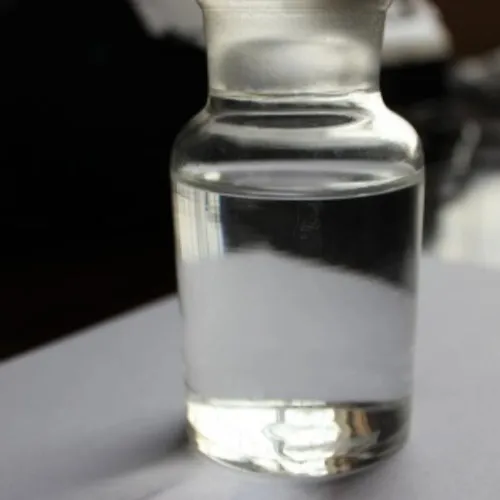Warning: Undefined array key "title" in /home/www/wwwroot/HTML/www.exportstart.com/wp-content/themes/1198/header.php on line 6
Warning: Undefined array key "file" in /home/www/wwwroot/HTML/www.exportstart.com/wp-content/themes/1198/header.php on line 7
Warning: Undefined array key "title" in /home/www/wwwroot/HTML/www.exportstart.com/wp-content/themes/1198/header.php on line 7
Warning: Undefined array key "title" in /home/www/wwwroot/HTML/www.exportstart.com/wp-content/themes/1198/header.php on line 7
- Afrikaans
- Albanian
- Amharic
- Arabic
- Armenian
- Azerbaijani
- Basque
- Belarusian
- Bengali
- Bosnian
- Bulgarian
- Catalan
- Cebuano
- China
- China (Taiwan)
- Corsican
- Croatian
- Czech
- Danish
- Dutch
- English
- Esperanto
- Estonian
- Finnish
- French
- Frisian
- Galician
- Georgian
- German
- Greek
- Gujarati
- Haitian Creole
- hausa
- hawaiian
- Hebrew
- Hindi
- Miao
- Hungarian
- Icelandic
- igbo
- Indonesian
- irish
- Italian
- Japanese
- Javanese
- Kannada
- kazakh
- Khmer
- Rwandese
- Korean
- Kurdish
- Kyrgyz
- Lao
- Latin
- Latvian
- Lithuanian
- Luxembourgish
- Macedonian
- Malgashi
- Malay
- Malayalam
- Maltese
- Maori
- Marathi
- Mongolian
- Myanmar
- Nepali
- Norwegian
- Norwegian
- Occitan
- Pashto
- Persian
- Polish
- Portuguese
- Punjabi
- Romanian
- Russian
- Samoan
- Scottish Gaelic
- Serbian
- Sesotho
- Shona
- Sindhi
- Sinhala
- Slovak
- Slovenian
- Somali
- Spanish
- Sundanese
- Swahili
- Swedish
- Tagalog
- Tajik
- Tamil
- Tatar
- Telugu
- Thai
- Turkish
- Turkmen
- Ukrainian
- Urdu
- Uighur
- Uzbek
- Vietnamese
- Welsh
- Bantu
- Yiddish
- Yoruba
- Zulu
Oct . 02, 2024 06:50 Back to list
Exploring the Versatile Applications of Adipic Acid in Industry and Beyond
Applications of Adipic Acid
Adipic acid, a dicarboxylic acid with the chemical formula C6H10O4, is a vital organic compound extensively utilized in various industries. Its unique properties make it a crucial ingredient in the production of a wide range of materials and products, impacting daily life and industrial processes.
1. Nylon Production
One of the prominent applications of adipic acid is in the synthesis of nylon-6,6, a synthetic polymer widely used in textiles and plastics. Adipic acid is a key precursor, reacting with hexamethylenediamine to form nylon through a condensation polymerization process. The resultant nylon is celebrated for its strength, flexibility, and resistance to abrasion, making it ideal for manufacturing clothing, carpets, automotive interiors, and industrial fabrics.
2. Polyurethane and Coatings
Another significant application of adipic acid lies in the production of polyurethanes. These versatile polymers are used in a range of products, including foams, elastomers, and coatings. Adipic acid contributes to the formulation of flexible and rigid foams, which are integral in furniture, insulation, and automotive cushioning applications. In coatings, adipic acid improves durability, gloss, and resistance to chemicals, enhancing the performance of paints and finishes in various environments.
3. Plasticizers
Adipic acid is also employed as a building block for producing plasticizers, which are substances added to plastics to increase their flexibility and workability. With the growing demand for flexible materials in industries such as packaging, construction, and automotive, adipic acid-based plasticizers play a crucial role in improving the mechanical properties of polymers.
applications of adipic acid

4. Food and Pharmaceutical Applications
In the food industry, adipic acid serves as a food additive, commonly recognized by its E-number (E355). It acts as an acidity regulator and flavoring agent, contributing to the taste and preservation of food products. Additionally, adipic acid is utilized in the pharmaceutical industry, particularly in the formulation of certain drugs and as an intermediate in the synthesis of various pharmaceutical compounds.
5. Biodegradable Plastics
As the global focus shifts towards sustainability and environmental conservation, researchers are exploring the potential of adipic acid in the development of biodegradable plastics. Derived from renewable sources, these bioplastics aim to reduce plastic waste and lower environmental impact. Utilizing adipic acid in these materials ensures that they retain desirable properties while also being environmentally friendly.
6. Other Industrial Applications
Beyond these applications, adipic acid finds use in several other areas, including the production of lubricants, dyes, and agricultural chemicals. Its capacity to enhance thermal stability and performance characteristics makes it a valuable component in diverse formulations across multiple industries.
Conclusion
In conclusion, the applications of adipic acid are vast and varied, spanning from textiles and coatings to food and pharmaceuticals. Its versatility and compatibility with other compounds underline its importance in modern manufacturing processes. As industries continue to evolve and seek innovative solutions, adipic acid will undoubtedly remain a pivotal ingredient, driving advancements in product development and sustainability. The ongoing research into its applications, particularly in eco-friendly materials, promises a bright future for this essential organic compound.
Latest news
-
Certifications for Vegetarian and Xanthan Gum Vegetarian
NewsJun.17,2025
-
Sustainability Trends Reshaping the SLES N70 Market
NewsJun.17,2025
-
Propylene Glycol Use in Vaccines: Balancing Function and Perception
NewsJun.17,2025
-
Petroleum Jelly in Skincare: Balancing Benefits and Backlash
NewsJun.17,2025
-
Energy Price Volatility and Ripple Effect on Caprolactam Markets
NewsJun.17,2025
-
Spectroscopic Techniques for Adipic Acid Molecular Weight
NewsJun.17,2025

